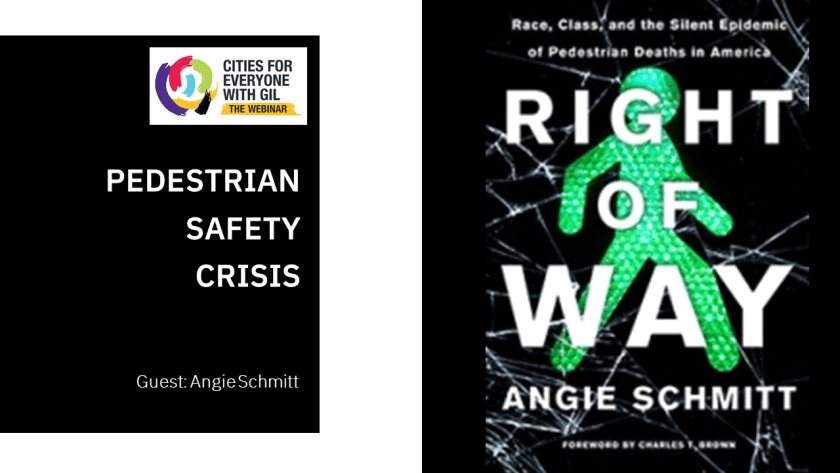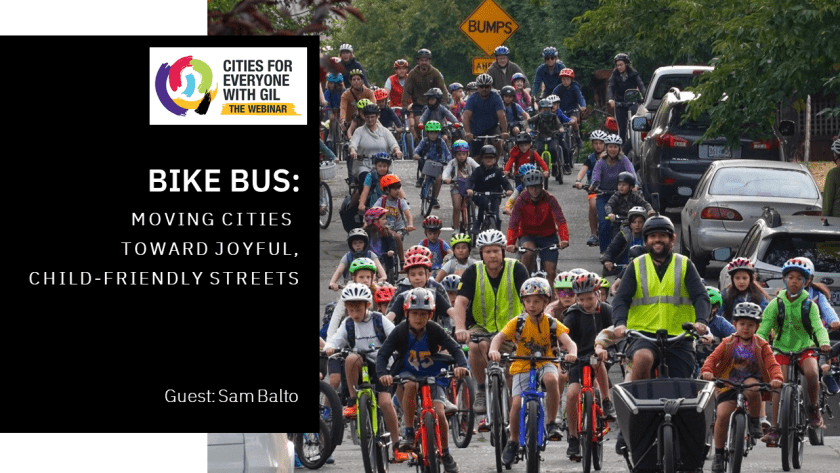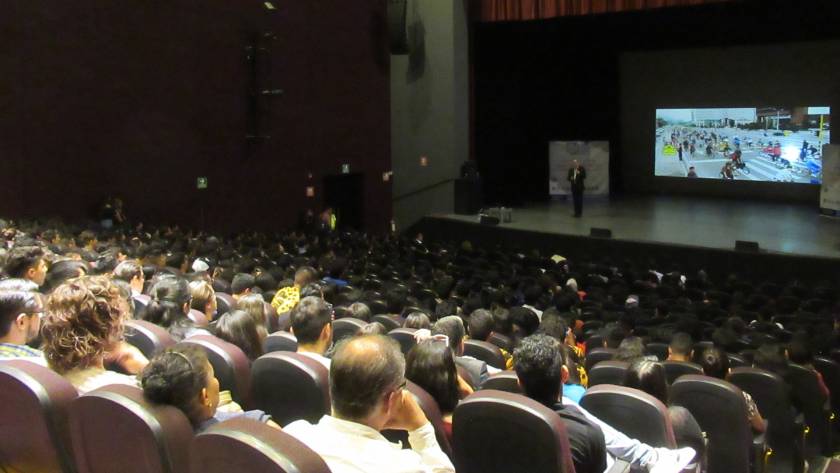Key Takeaways
⇢ Urban form directly affects mental, physical, and social health.
⇢ Planners, transport professionals, and climate advocates should use health
framing to drive urban transformation.
⇢ A mix of social, student, workforce, and market housing was built through
partnerships with unions, nonprofits, and developers.
Summary
a. Health-centred Decision Making
○ Inspired by health-focused urban research, Reykjavík adopted land use
strategies…
Read More












